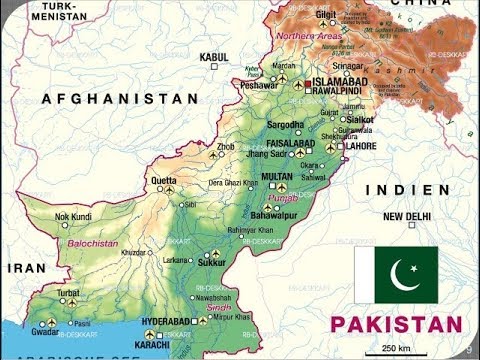
Image courtesy of germany.travel
The Trajectory of Jobs: Part 3 --- AMARPREET BHAMRA
The factory model made great strides across the major nations of the world noticeably in Europe and America in 19th and 20th century. In the Asian and African continents, the colonial powers established new factories and the modern mode of transportation to keep their economy intact.
The new notable inventions in history till the 1940s like motion pictures, telegraph, photography, air conditioners, airplane, typewriter, electricity, television, stock market, gramophone, quartz clock, music, photocopier, electronic computer etc. spawned new jobs. Typists, pilots, photographers, actors, actresses, directors, producers, lamp lighters, stock traders, musicians, electricians, clock winders, scientists, musicians, doctors, physicians etc. were some of the new jobs on the anvil. However the factory model was still dominant and this led to the concept of blue collar and white collar jobs.
Traditional jobs which continued from the medieval ages coexisted with the new jobs. A large part of the workforce was still employed in agriculture. Women continued to be largely absent from the workforce and a few jobs like typists, nurses, stenographers, writers, film directors, lawyers, doctors etc. were open to them in this period. A large number of women were employed as domestic servants while middle and upper-class women largely remained confined to homes and attended to household chores.
The World Wars and the Great Depression which took place during this period impacted the landscape of jobs. Millions of American workers lost their jobs primarily in the coal mining and manufacturing industries while the women who were employed in domestic help and typist remained largely insulated. This was also time when the term ‘job loss or layoffs’ became a common parlance and is an accepted norm in the present day digital times. A large part of the workforce remained hungry and seeped in debt with the collapse of banks With the break out of the World War II a large number of men joined the army as soldiers. Munitions workers worked in munitions factories and made weapons and ammunition (bullets, hand grenades and bombs) for the armed forces. For women the World War opened many jobs which were earlier deemed unsuitable for them. Women undertook jobs of mechanics, engineers, plumbers, air raid wardens while the men would be engaged in the combat operations.
Human Resources departments made a mark during in this period to resolve the misunderstanding between employees and employers. Towards the end of the 1940’s the word career started to become prominent in terms of jobs parlance. The jobs in the factories were loaded with long working hours, poor working conditions and instability. With rise of industrialization child labour continued to be rampant in the factories as they formed the new supply lines to meet the requirements.
From an Indian context the trajectory of jobs has largely mirrored the same pattern of the ancient and medieval times. A change was noticed when industrialization started in Europe and America and in the subsequent period of colonial rule which extended till 1947. Though a majority of the people were employed in agriculture the traditional industries like textiles started feeling the pinch as factories emerged in Europe. The rule of colonialization led to creation of factory jobs for the Indians. Besides this the coloniser created an administrative layer to rule over the colonised which led to new jobs like officers, clerks, peons, civil servants etc. On the other hand this opened new job opportunities in the colonies in terms of travel and work for the colonisers.
Workers found their own lives changing as industrialization marched ahead. The newer factory-based jobs were about producing goods for consumption. A large part of the workforce spread across several nations continued to thrive in the traditional occupations which skewed the distribution of jobs in favour of America and Europe. With the end of the World Wars the trajectory of jobs wound undergo large changes and we will evaluate the same in the concluding write-up.



Comments